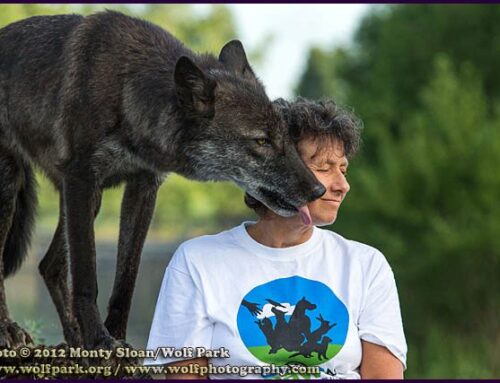I was helping out with a reactive dog class and a woman enrolled with a Great Dane she had recently adopted. She had been turned away from another class because she was using a shock collar on the dog. In effect she had been sent off to find a trainer who uses shock collars to train dogs. Fortunately she found the reactive dog class, run by a skilled and compassionate trainer. Although the woman was asked to remove the shock collar while in classes, she was not sent off, shamefully, to continue her search for someone to help her manage her dog.
Not to make excuses for the use of shock collars, this woman was afraid for her physical safety when this dog decided he was going to run off after something. Not an aggressive dog, he was primarily a danger to her, pulling her over or knocking her down. He was a sweet, untrained, very big, dog. The only solution his owner had found, up to this class, was the shock collar. In the class the dog was fitted with a harness and his owner shown how to use positive reinforcement to teach the dog appropriate behaviors. As both dog and handler learned new skills, the woman reported that she was using the shock collar less and less for controlling the dog. I have seen similar scenarios played out with people who use prong collars. It seems to me that it matters less whether a dog is wearing a particular type of collar than how often it is used. People can learn how to never use them.
A common gripe of positive reinforcement trainers are the owners who refuse or are reluctant to use food rewards for training. Sure food rewards are powerful, they are also easy to carry and deliver, but they are not the only reinforcers available to us. Some dogs may not learn as quickly when owners forgo the use of food rewards, but the dogs can still learn. And owners can learn to create a variety of other reinforcers for their dog.
I don’t think that U.K. trainer John Rogerson was encouraging people to cheat in competition events in which they are not allowed to use food or toys to motivate or keep their dog’s attention, when he shared this story. Reaching into his back pocket he pulled out not a ‘toy’, but a wallet. The wallet was a conditioned reinforcer for his dog who prior to competitions was given the opportunity to play with it, as a reward for behaviors. Letting the dog see him tuck the wallet into his back pocket before entering the ring, was enough to keep the dog highly motivated during the event. His point being that trainers should not be limited by what they regard as reinforcers.
Owners who don’t want to use food reinforcers may not understand what they are missing when it comes to training their dogs, but they are not ‘bad owners’. A skilled trainer can show them how to create a variety of alternate reinforcers which they can use to help train their dogs. The hallmark of any good teacher is their ability to be creative and come up with ways that meet the learning styles of different students. I have the highest regard for trainers who are able to do this for both of their students, the dog and its handler, while at the same time are using techniques which are least aversive to both. My hat is off to you all!





